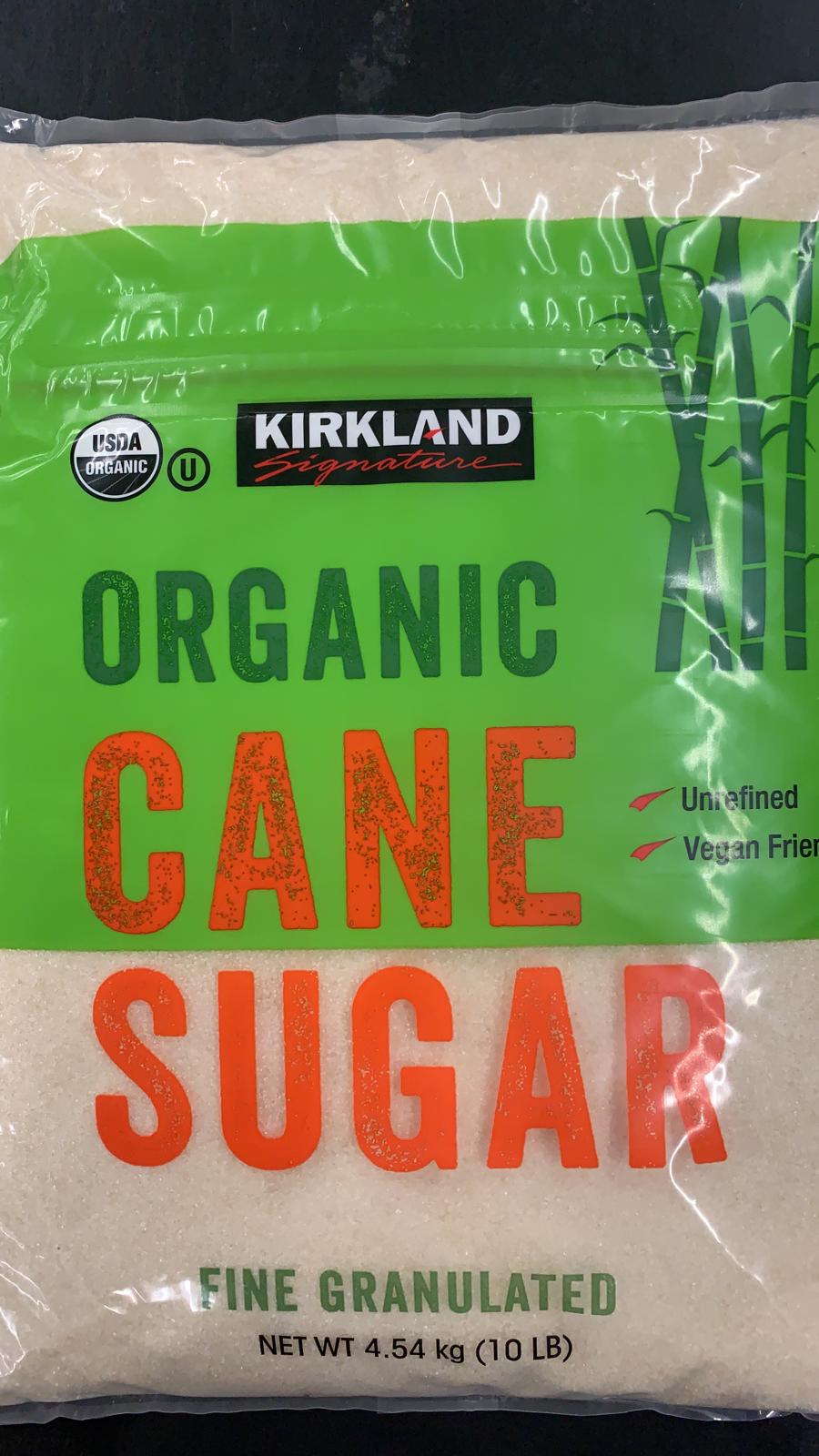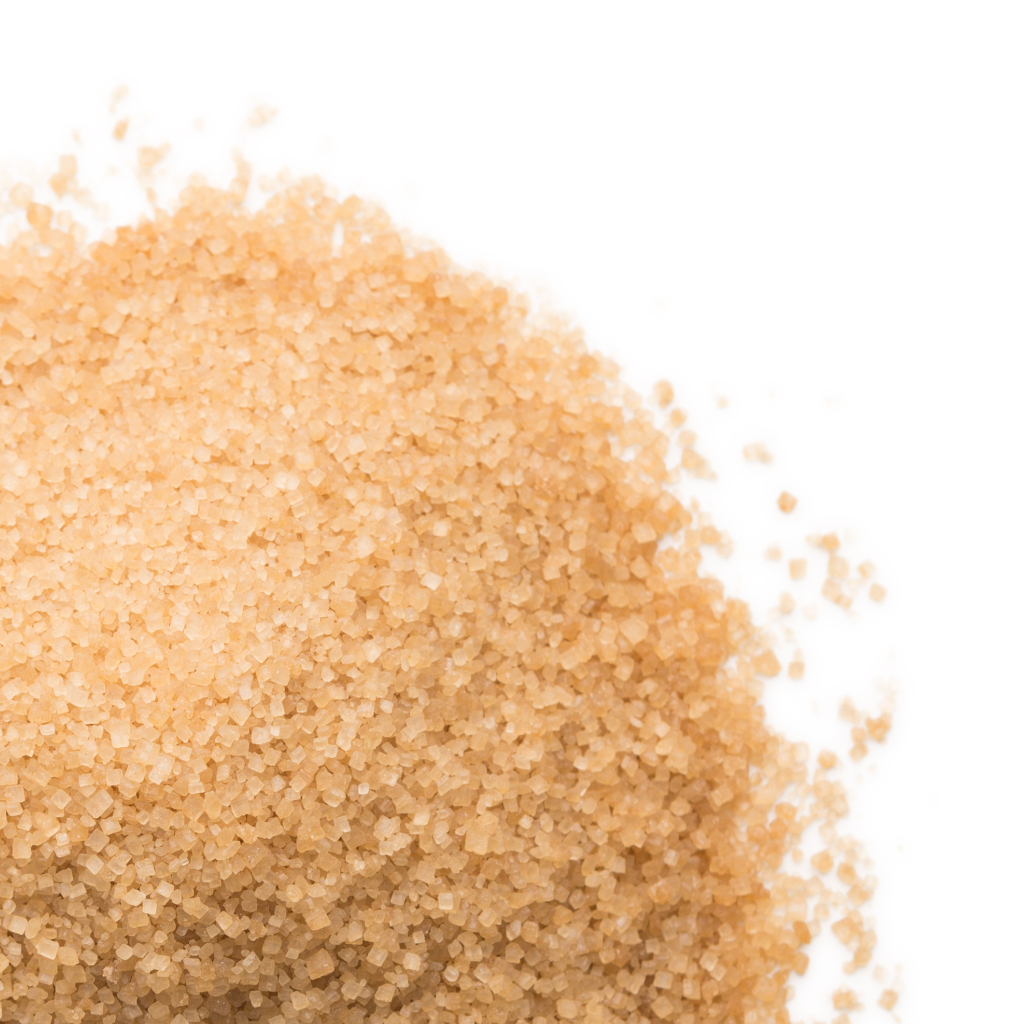Exploring the Comprehensive Steps Included in Walking Cane Sugar Processing From Collecting to Improvement
The process of walking cane sugar manufacturing encompasses a collection of elaborate actions, beginning with the mindful harvesting of sugarcane and culminating in the improvement stages that guarantee the last item meets market criteria. Each stage, from the extraction of juice to the filtration and condensation procedures, plays a critical role in determining the high quality and personality of the sugar.
Gathering Sugarcane
Gathering sugarcane is a crucial step in the cane sugar handling chain, as it straight influences the high quality and return of the end product. Appropriate timing and techniques are important throughout this phase to guarantee optimal sugar content and decrease losses. Generally, sugarcane is collected when it gets to maturity, usually 12 to 18 months after planting, characterized by a high sucrose focus.
:max_bytes(150000):strip_icc()/canesugarBURCUATALAYTANKUT-42971cd7f8b84b4fb756984c18728339.jpg)
Post-harvest, the sugarcane has to be processed swiftly to prevent sucrose destruction. Ideally, gathered walking stick ought to be transported to refining facilities within 24 hours to protect sugar high quality. Consequently, efficient logistical preparation is crucial to maintain the integrity of the gathered crop throughout the supply chain.
Removal Process

The crushed walking cane undergoes a series of pressing procedures to make best use of juice recuperation. Commonly, warm water is splashed onto the smashed walking stick, producing a countercurrent flow that helps dissolve the sugar while also assisting in the extraction process. The juice gathered from this procedure contains not just sugar however likewise numerous natural substances and impurities.

To enhance removal efficiency, some centers might use diffusion methods, where the sugarcane is taken in warm water, allowing the soluble sugars to diffuse into the liquid. The resulting juice, rich in sucrose, is after that guided to succeeding processing stages, laying the structure for filtration and refinement. The removal process is thus crucial in identifying the quality and return of the final sugar product.
Purification Techniques
The purification techniques used in walking cane sugar handling are vital for changing the raw juice right into a high-quality sugar product. These techniques mainly intend to remove pollutants, such as dirt, plant materials, and inorganic substances, which can adversely impact the end product's taste and color.
This procedure includes including lime and heat to the raw juice, which promotes the coagulation of contaminations. In addition, the usage of phosphoric acid can improve the explanation process by further binding pollutants.
An additional significant technique is carbonatation, where carbon dioxide is introduced to the clarified juice. This reaction produces calcium carbonate, which records staying impurities and promotes their removal.
In addition, triggered carbon treatment may be related to adsorb any kind of remaining colorants and organic pollutants, ensuring a much more polished item. The mix of these approaches effectively prepares the sugar juice for succeeding action in the refining process, establishing the phase for the manufacturing of top quality cane sugar.
Crystallization Approaches
After the filtration phase, the next important action in walking stick sugar handling entails crystallization methods, which play an essential role in transforming the made clear juice right into strong sugar. This procedure normally employs 2 key approaches: spontaneous condensation and controlled crystallization.
In spontaneous crystallization, supersaturated sugar services are allowed to cool down normally, causing the formation of sugar crystals in time. This technique is easier yet may cause uneven crystal sizes and lower purity degrees. On the various other hand, managed formation is a more accurate technique where concentration, seeding, and temperature level agents are meticulously managed. This method enables the visit this site uniform growth of sugar crystals and higher purity.
During crystallization, the clarified juice is concentrated via dissipation, boosting its sugar web content until it gets to supersaturation. Once this point is achieved, either approach can facilitate the crystallization procedure. Cane Sugar Processing. The resultant sugar crystals are then separated from the remaining syrup via centrifugation
Inevitably, the selection of formation technique influences the quality, size, and purity of the final sugar item, making this step essential in the general walking stick sugar processing treatment.
Refinement and Packaging
Just how can the pureness and top quality of walking cane sugar be even more improved after crystallization? The refinement procedure plays an important role in accomplishing top quality walking stick sugar. Complying with formation, sugar undergoes a detailed washing to eliminate impurities and residual molasses. This is commonly completed making use of warm water or heavy steam, which aids liquify and extract undesirable elements while maintaining the sugar crystals.
Following, the sugar is subjected to a procedure called centrifugation, where it is rotated at broadband to separate the cleansed sugar crystals from the staying fluid. After centrifugation, the sugar is usually further fine-tuned with a method called carbonization or phosphatation, which uses activated carbon or phosphoric acid to get rid of shade and off-flavors.
As soon as refined, the sugar is dried to attain the preferred wetness material, ensuring that it remains stable throughout storage and transportation. The final action includes packaging the polished sugar in moisture-proof and closed containers to keep its quality and stop contamination. Cane Sugar Processing. Correct packaging not only expands life span but likewise helps with very easy handling and distribution, making sure that customers receive sugar that satisfies the highest criteria of pureness and quality
Final Thought
The detailed actions associated with cane sugar processing, from the precise harvesting of sugarcane to the complex improvement and product packaging phases, emphasize the relevance of each phase in making sure top quality sugar production. Ideal harvesting methods, effective extraction approaches, and extensive filtration procedures collectively add to the last item's purity and security. The crystallization and succeeding product packaging practices further boost the honesty and service life of the sugar, highlighting the intricacy and accuracy inherent in this this article essential agricultural market.
The procedure of cane sugar manufacturing incorporates a series of elaborate actions, starting with the cautious harvesting of sugarcane and culminating in the improvement stages that make sure the final item fulfills market requirements. Preferably, gathered walking stick should be transported to refining centers within 24 hours to preserve sugar quality.In spontaneous crystallization, supersaturated sugar solutions are allowed to cool down naturally, leading to the development page of sugar crystals over time - Cane Sugar Processing. The refinement process plays a critical duty in accomplishing high-quality walking stick sugar.The extensive actions entailed in cane sugar processing, from the meticulous harvesting of sugarcane to the intricate refinement and product packaging phases, emphasize the relevance of each stage in making sure top quality sugar production